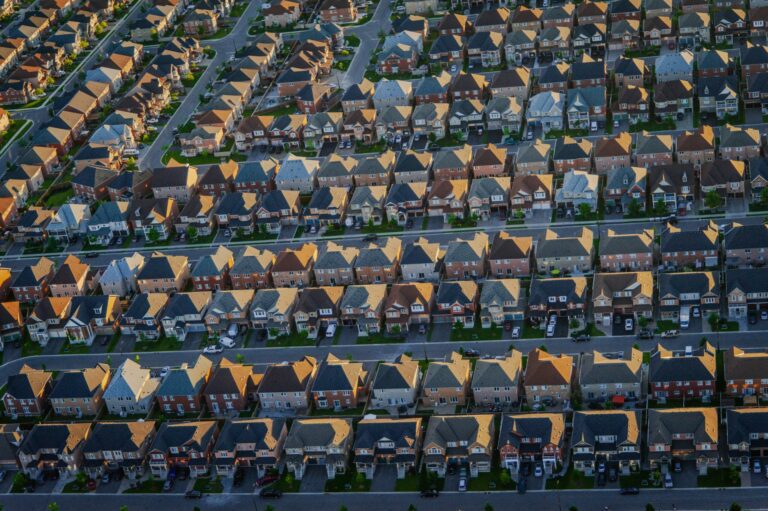As remote work becomes a permanent fixture for many professionals, suburban housing markets are seeing significant growth. A report from the National Association of Realtors (NAR) released on September 1, 2024, highlighted how suburban housing markets continue to thrive, fueled by the increasing demand for larger living spaces and more affordable homes compared to urban centers. Homebuyers, homebuilders, real estate agents, and remote workers are all contributing to the surge in suburban home sales, as many professionals and families prioritize space, comfort, and affordability in their search for the ideal living environment.
One of the key moments in this trend has been the continued rise in home sales in suburban areas, where buyers are increasingly seeking homes with larger square footage, more bedrooms, dedicated office spaces, and ample outdoor areas. With remote work allowing individuals to work from the comfort of their homes, the need for a home that can accommodate both professional and personal activities has become more important than ever. Suburban homes, often offering larger floor plans and more flexible layouts, are well-suited to meet these needs, giving homeowners the ability to create functional workspaces without sacrificing the comfort and functionality of their living areas.
For many buyers, the affordability of suburban homes is another significant draw. While urban centers continue to be expensive, suburban areas provide more budget-friendly options, with many buyers able to purchase larger homes for a fraction of the cost of properties in city centers. This price difference has made suburban living more attractive, especially for remote workers who no longer need to live near their offices. As a result, suburban communities are becoming increasingly popular as people seek out homes that offer not only space and affordability but also access to good schools, quiet neighborhoods, and proximity to nature.
The lasting impact of this trend is expected to reshape the housing market for years to come. As more professionals adopt remote work arrangements, the demand for suburban homes with the necessary space and amenities to support a work-from-home lifestyle is likely to continue to grow. Homebuilders and developers are already responding to this shift, focusing on creating homes that cater to the specific needs of remote workers. Larger homes with multiple bedrooms, office spaces, and flexible layouts are becoming more common, and the integration of modern amenities like high-speed internet and energy-efficient designs is expected to be prioritized in future developments.
Looking ahead, suburban housing markets will likely continue to experience sustained growth, with many buyers seeking the perfect balance of space, affordability, and a higher quality of life. This growth could lead to an increased demand for new developments in suburban areas, prompting homebuilders to adapt their designs to meet the evolving needs of remote workers. As suburban communities continue to evolve and thrive, we may see more innovative housing options that cater to the modern family, blending the best aspects of both work and leisure.
Ultimately, the expansion of remote work is transforming how people view urban versus suburban living. With many professionals no longer tied to city offices, the desire for more space, better affordability, and a higher quality of life will likely keep suburban markets in demand for the foreseeable future. As remote work continues to shape the future of the workforce, suburban housing markets are set to remain at the forefront of the housing industry.
